KABUL (Pajhwok): More than 312 million afghanis have been spent on the construction of five Covid-19 hospitals in Kabul, but the facilities remain closed despite the passage of one year, Pajhwok Afghan News findings show.
During the first wave of the coronavirus in Afghanistan, the government allocated a total of 19.8 billion afghanis for containing the spread of the virus.
The Ministry of Finance says about 9.6 billion afghanis were spent on various projects, including the purchase of wheat, construction of hospitals in the capital and provinces, public awareness, reconstruction of Darul Aman Palace, distribution of free bread and creation of emergency committees and economic packages.
Out of the 19.8 billion afghanis Covid-19 budget, 10.2 billion afghanis (included in the second amendment to the budget and approved by parliament) was spent mostly on the export of agriculture products, rehabilitation of clinics and quality of hospital services.
Spending of 9.6b afs in 1st wave:
Information obtained by Pajhwok shows out of the 9.6 billion, 2.4 billion afghanis were allocated for the fight against the disease in the provinces during the first wave.
An amount of 1.41 billion was spent on the rehabilitation of Dar-ul-Aman Palace, historic sites, construction of 50-bed hospitals in Herat, Farah, Nimroz and Kabul provinces and on other priorities.
On the other hand, 1.7 billion afs were allocated to the Ministry of Agriculture, Irrigation and Livestock for the purchase of wheat and 77 million afs went to public awareness under the Public and Strategic Relations Office at the Presidential Palace.
Similarly, 2.6 billion afghanis were allocated for the distribution of free bread in the capital and provinces from the special for the fight against the virus.
In compliance with a presidential order, an amount of 1.153 billion afs was set aside for the Ministry of Public Health to combat Covid-19 in the capital and provinces.
Cost of 5 Covid-19 hospitals in Kabul:
Based on MoF information, during the first wave of the coronavirus, the National Development Company — affiliated with the Administrative Affairs Office — was provided 1,400,000,000 afghanis to build five 50-bed hospitals in Kabul, Herat, Farah and Nimroz provinces.
Data from the Electronic Procurement System, the Afghan government and the National Procurement Authority show the National Development Company spent 276 million afghanis on the construction of five Covid hospitals in Kabul.
The company allocated 390,523,000 afgahnis for five hospitals in Farah, Nimroz, Herat, Paktia and Maidan Wardak provinces.
Information provided by the government to the e-procurement system that the National Development Company signed an agreement on August 17,2020, in accordance with the presidential decree on building a 50-bed hospital in Kabul at a cost of 276,384,365 afghanis.
However, the information shared by the National Development Company with Pajhwok revealed the firm built five 50-bed hospitals in Kabul at a total cost of 312,674,765 afghanis. The cost of each hospital was 62,534,953 afghanis.
National Procurement Agency figures for the construction of the five Covid hospitals in Kabul differ from those of the National Development Company. The company figures are seven million afghanis higher than the contractual cost.
Delay in building hospitals in Kabul:
During the first wave of the virus last year, the Presidential Operations and Support Department announced the establishment of seven special hospitals for the treatment of Covid-19 in Herat, Kabul and Nimroz provinces.
On March 30, 2020, announced the construction of five 50-bed hospitals been started in Khak-i-Jabbar, Musahi, Deh Sabz, Chahar Asiab and 12th police district of the capital. The construction of the facilities would be completed on April 17, the ministry said.
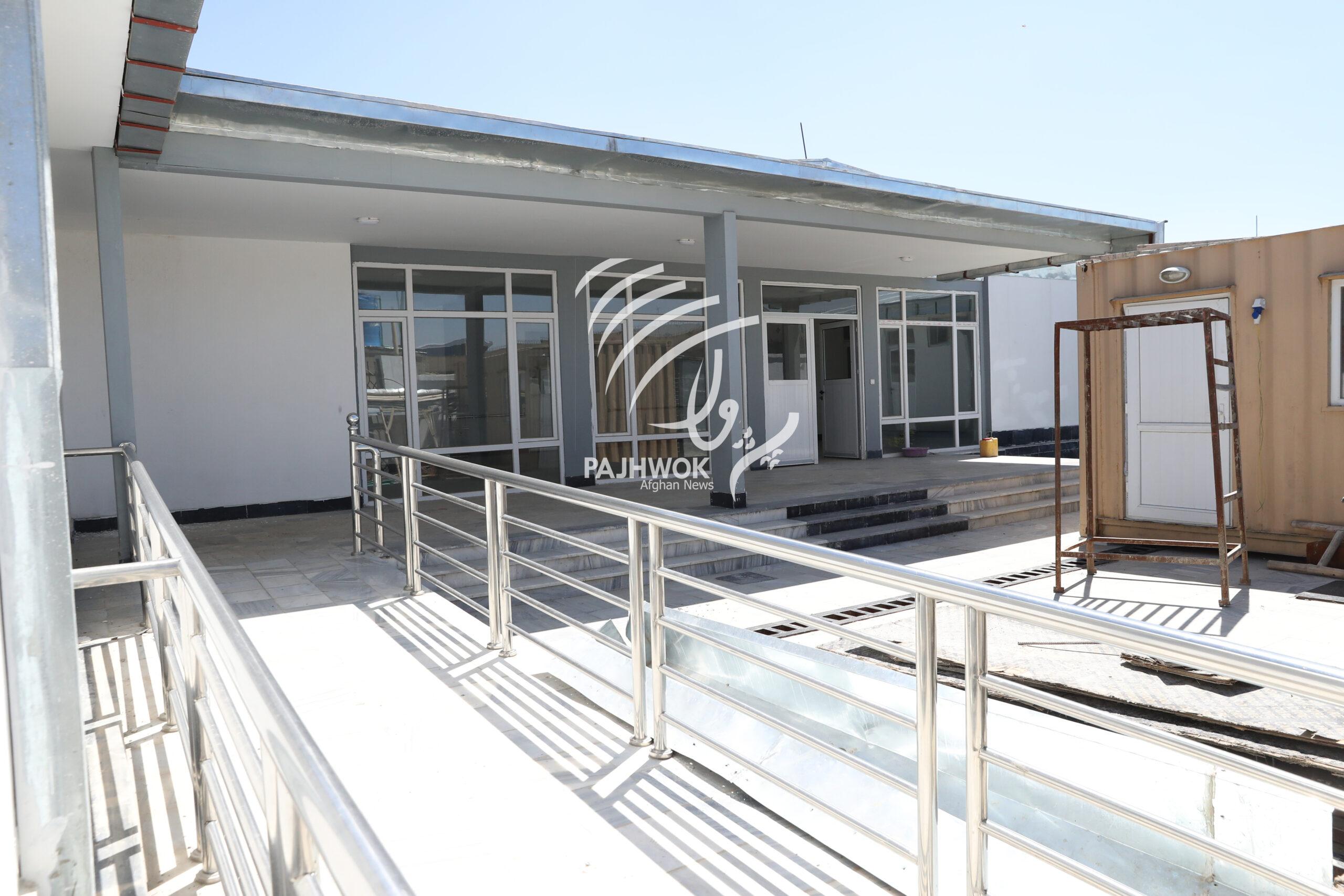
However, the information shared with Pajhwok by the National Development Company shows the construction work on the five hospitals was started on August 17 — four months and 17 days behind schedule.
Responding to a query, the National Development Company said construction work on the hospitals had been completed on October 17, — two months later.
The time difference shoes the construction of the hospitals in Kabul was completed not in 21 days, but in seven months, on October 17.
Use of hospitals during 3rd wave:
In late October last year, the Ministry of Public Health announced start of the second wave of the virus, closing schools and universities.
Given a fall in positive cases and the short duration of the second wave, patients were treated only at the Afghan-Japan Hospital.
On June this year, the third wave spread rapidly in the country and MoPH closed universities, schools and other educational institutes as well as wedding halls to prevent the spread of the disease. Weekly quarantine was observed, a process that lasted until this week.
Although the ministry said the number of infects during the third wave was higher than in the first and second waves, it did not use the five special hospitals constructed during the first wave.
The ministry used only four hospitals (Afghan-Japan, 100-bed in Qasaba, Mohammad Ali Jinnah and Afghan-Indonesia) during the third wave.
MoPH did not comment on the five hospitals’ takeover.
5 hospitals that remain closed:
MoPH has not yet specified any date for the handover of the five hospitals by the National Development Company.
But Ghulam Dastagir Nazari, spokesman for the ministry, said they used the five hospitals after the spike in patient numberss in the first wave.
When patient numbers declined, the ministry tasked some hospitals wit providing normal services to nearby areas. Some facilities were closed down due to the existence of other hospitals, he explained.
However, not all 50-bed hospitals, which were constructed during the first wave of the coronavirus in Kabul’s Deh Sabz, Chahar Asiab, Mosahi and Khak-i-Jabbar and 12th police districts, have been operationalised yet.
Mir Zabihullah Munib, administrative chief for Deh Sabz, recalled a 50-bed hospital was built in Yahyakhel village last year. But the hospital has been closed due to lack of medical personnel and equipment.
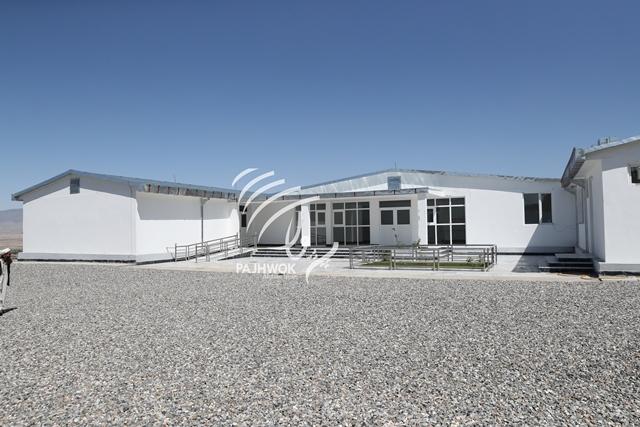
He acknowledged the number of coronavirus patients in the district was high and even more people were dying daily from the deadly disease.
Munib claimed he had repeatedly approached the ministry and other government departments to open the Covid hospital in the district. However, his efforts failed yield any result.
Hussain Bakhsh Mohammadi, a representative of Mohammadi town of the district, said the hospital constructed last year, had not been inaugurated yet. The hospital does not have even security guards and its windows are broken.
Wahidullah Ahmadzai, administrative chief for Khak-i-Jabbar district, confirmed that the 50-bed hospital. which was built by the Presidential Operations Department during the first wave of the pandemic, was yet open.
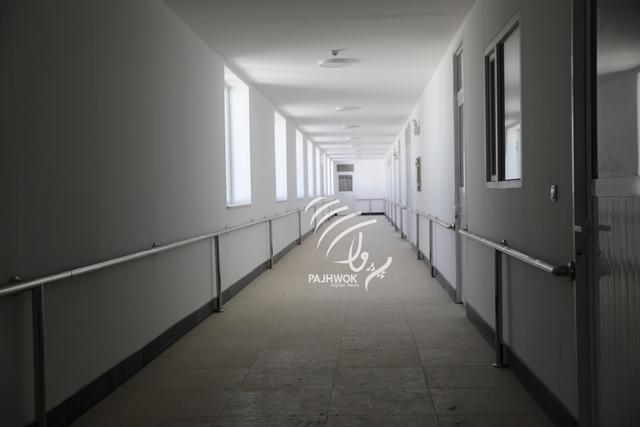
He blamed MoPH for its failure to provide the hospital with equipment and staff. As a consequence, the official said, the facility had been closed.
Nabiullah Pirkhel, administrative head for Chahar Asiab districtalso said that 50-bed hospital constructed for Covid-19 patients remained non-functional.

He added the hospital had no staff and MoPH had not yet provided medical equipment for it. As a result, the hospital gate remains closed.
Janat Gul Hussainkhel, the Mosahi district chief who also expressed concern at the situation, said the 50-bed hospital in the town was yet to be made operational. The facility lacked staff and medical equipment, he complained.
The official grumbled he had repeatedly complained to Kabul Governor Yaqoob Haidari about the health problems district residents but the hospital had not been activated yet.
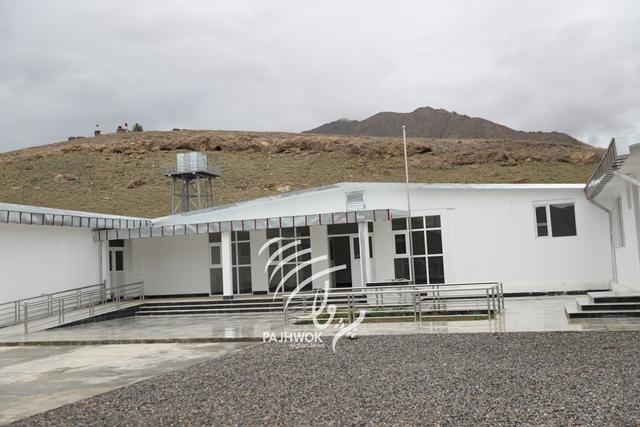
Outcome:
This comes as the number of patients in Kabul has increased during the third. MoPH, in addition to the Afghan-Japan Hospital, had to open a 100-bed hospital in Qasaba area and 100-bed Mohammad Ali Jinnah and Afghan-Indonesia Hospitals.
But the five 50-bed hospitals built during the first wave of the pandemic in the districts are yet to be operationalised.
sa/mud
Visits: 193




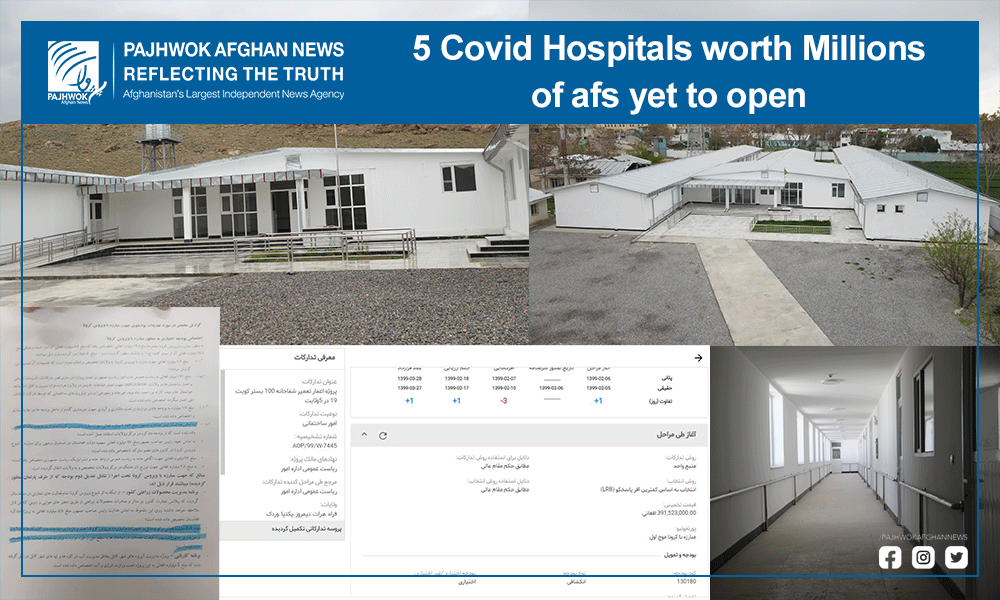




GET IN TOUCH
NEWSLETTER
SUGGEST A STORY
PAJHWOK MOBILE APP